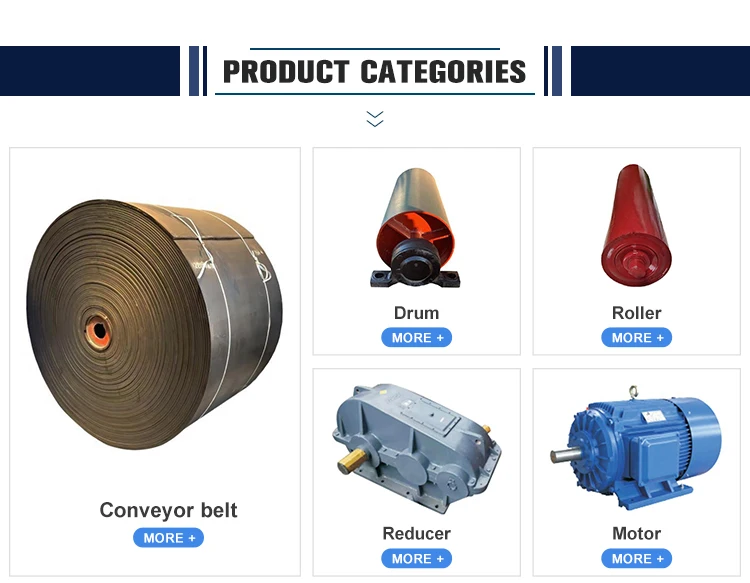Feed Pelletizing Equipment for Efficient Animal Nutrition Production
Nov . 08, 2024 04:47 Back to list
Feed Pelletizing Equipment for Efficient Animal Nutrition Production
The Importance of Feed Pelletizing Machines in Modern Agriculture
In today's rapidly evolving agricultural landscape, the efficiency and effectiveness of animal feed production are paramount. Feed pelletizing machines have emerged as a key technology in modern farming, facilitating the production of high-quality animal feed that is both nutritious and easy to handle. This article explores the significance of feed pelletizing machines, their working principles, and the benefits they bring to the agricultural sector.
Understanding Feed Pelletizing Machines
A feed pelletizing machine is a specialized piece of equipment designed to compress powdered feed ingredients into dense, compact pellets. The process generally involves several stages, including grinding, mixing, conditioning, and pelleting. Ingredients are first ground to a fine powder, which ensures uniformity in size for better mixing. Subsequently, the feed is mixed with water and heat in a process known as conditioning. This step is crucial as it softens the ingredients, making them easier to mold into pellets.
The actual pelleting process involves forcing the conditioned feed through a die, which shapes it into small pellets. The resulting pellets are then cooled, dried, and packaged for distribution. This entire process can be performed using either a flat die or a ring die pelleting machine, with each type offering distinct advantages in terms of output capacity and pellet quality.
Benefits of Using Feed Pelletizing Machines
1. Enhanced Nutritional Value Pelleting feed improves the digestibility of nutrients, ensuring that livestock can absorb essential vitamins and minerals more effectively. The process also helps in reducing the presence of harmful bacteria, leading to healthier animals.
2. Reduced Feed Wastage Pelleted feed is less likely to be wasted compared to loose feed, as animals tend to consume pellets more readily. This characteristic is particularly beneficial in environments where feed spillage can lead to increased costs and attract pests.
feed pelletizing machine

3. Improved Feed Handling With a uniform size and shape, pellets are easier to store, transport, and distribute. They occupy less space, allowing farmers to store larger quantities of feed with minimal effort.
4. Tailored Feed Formulation Feed pelletizing machines can be equipped with various additives such as vitamins, minerals, and medications, allowing farmers to customize feed formulations according to the specific needs of their livestock.
5. Versatility These machines can be used to produce a variety of feed types suitable for different animals, including poultry, cattle, swine, and aquaculture species. This versatility makes them an invaluable asset for multi-species farms.
6. Economic Efficiency By optimizing feed utilization and reducing waste, feed pelletizing machines can lead to lower feed costs in the long run. Additionally, the possibility of producing feed on-site can minimize transportation expenses and enhance overall farm profitability.
Conclusion
The implementation of feed pelletizing machines is transforming the way feed is produced and utilized in the agricultural sector. As farmers continuously seek to improve productivity and animal health, these machines stand out as pivotal tools that support sustainable and efficient farming practices.
In an era where food security is increasingly critical, investing in advanced technologies such as feed pelletizing machines can make a significant difference. By enhancing the nutritional quality of animal feed, minimizing waste, and improving overall handling, these machines contribute to a more resilient agricultural system capable of meeting the challenges of the future. As we move forward, the continued development of these technologies will play a vital role in ensuring that our livestock remain healthy and productive, ultimately benefiting food supplies worldwide.
-
High Performance Exhaust Fan – Efficient Ventilation Solutions for Home
NewsJun.10,2025
-
High-Quality Gestation Pen for Sows Durable Mobile Pig Pen & Simple Pig Pen Solutions
NewsJun.10,2025
-
High Quality Rabbit Cage Double Tier Designs & Welded Wire Mesh Supplier
NewsJun.10,2025
-
Floating Fish Feed Machine - High Efficiency Floating Fish Feed Extruder for Small Scale Production
NewsJun.10,2025
-
Premium Poultry Housing Solutions Mobile & Commercial Free Range Options
NewsJun.10,2025
-
Industrial FRP Fans Corrosion-Resistant Blades & Centrifugal Systems
NewsJun.09,2025






